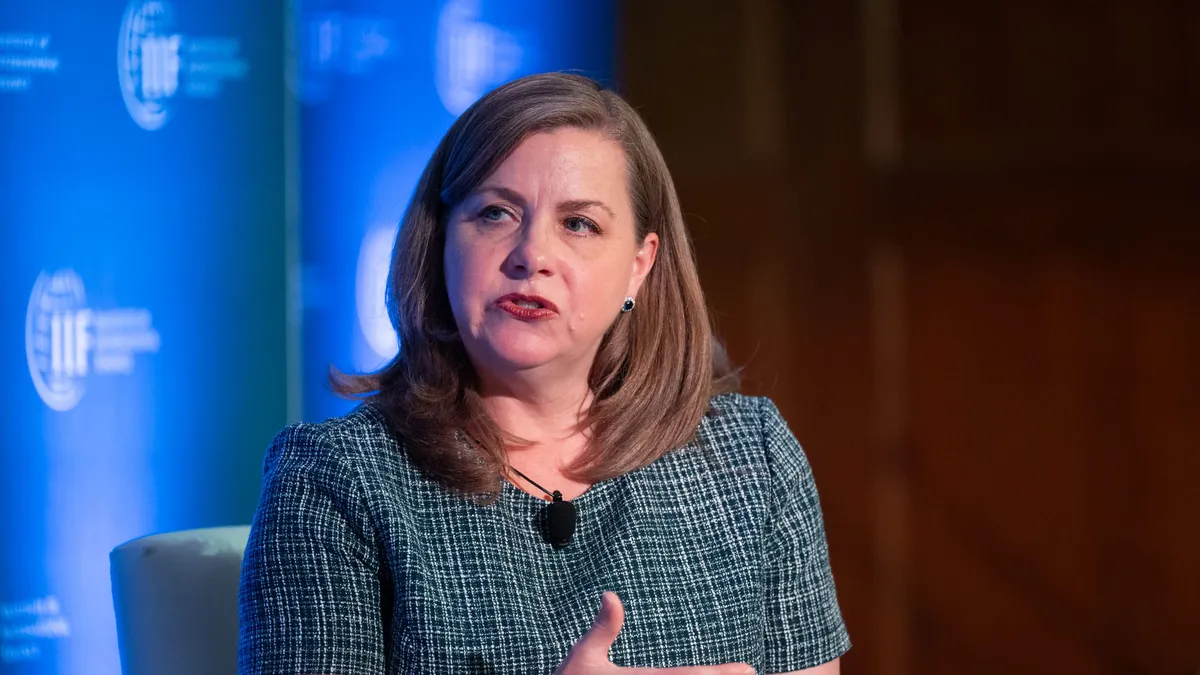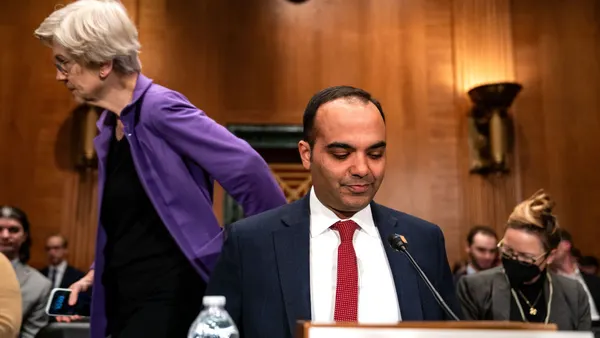Although customers today “breathe a sigh of relief” when connecting to a human customer-service representative, that paradigm is poised for change, Federal Reserve Gov. Michael Barr said Friday.
It’s just one of the changes possible with the innovations banks and fintechs are working on in the realm of generative artificial intelligence.
“Gen AI has the potential to enable such high-quality and efficient customer engagement and correct answers that customers may come to prefer Gen AI agents to people,” Barr said Friday at the Federal Reserve Bank of San Francisco.
Generative AI chatbots, which has been deployed by banks including Wells Fargo and Bank of America, can break down complex tasks and help customers make informed decisions, Barr said.
They can also be “empathetic to the customer's experience — perhaps better than some humans,” he said, citing a study published in JAMA Internal Medicine on physician versus chatbot responses to patient questions posted on social media.
But there are factors prohibiting widespread integration of generative AI in banking, he said, citing AI hallucinations that generate plausible sounding but incorrect information.
“Relatedly, because Gen AI usually involves stochastic processes, answers can differ in response to the same query asked at different times or to similar queries,” he said. “This is tough to square with the requirements of banking, where decisions must be well-controlled, numerically and legally precise, explainable and replicable.”
In a February speech, Barr said the competitive pressure around incorporating generative AI could heighten risks in financial services.
But it’s only a matter of time before technological advances turn such issues into “challenges [rather] than insurmountable problems,” he said Friday, noting that banks and fintechs will be in both cooperation and competition with each other as they move to integrate the new technology into financial services.
While banks have deep customer data and more resources, financial and time constraints drive fintechs to “find effective, quick solutions, which often involve creative uses of cutting-edge technology,” he said.
Teamed up, they can be “an accelerant for AI adoption,” Barr said.
While the acceleration may be driven by competition, it could also be led by collaborative partnerships, he said – such as banks investing capital in fintechs with generative AI offerings, or banks and fintechs entering vendor-client relationships.
To prepare for the growth of generative AI in banking, risk managers and regulators should keep their eyes on generative AI developments and trends outside of banking – because they’re coming for this sector, too, Barr said.
“[S]uccessful integration of Gen AI into banking will require both creativity in adoption, as well as getting the guardrails right,” Barr said. “That's not a zero-sum game. It's an opportunity for all stakeholders — banks, fintechs, regulators, and consumers — to help to set the foundation for the benefits of the technology to be achieved and the risks to be effectively managed.
“In this way, we can help to be part of the sound and resilient financial system for all,” he said.












